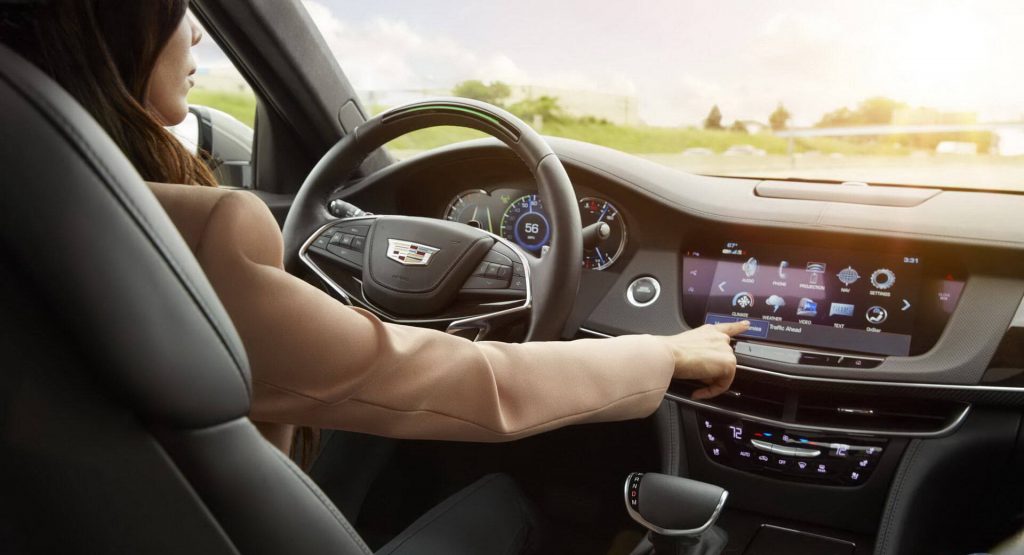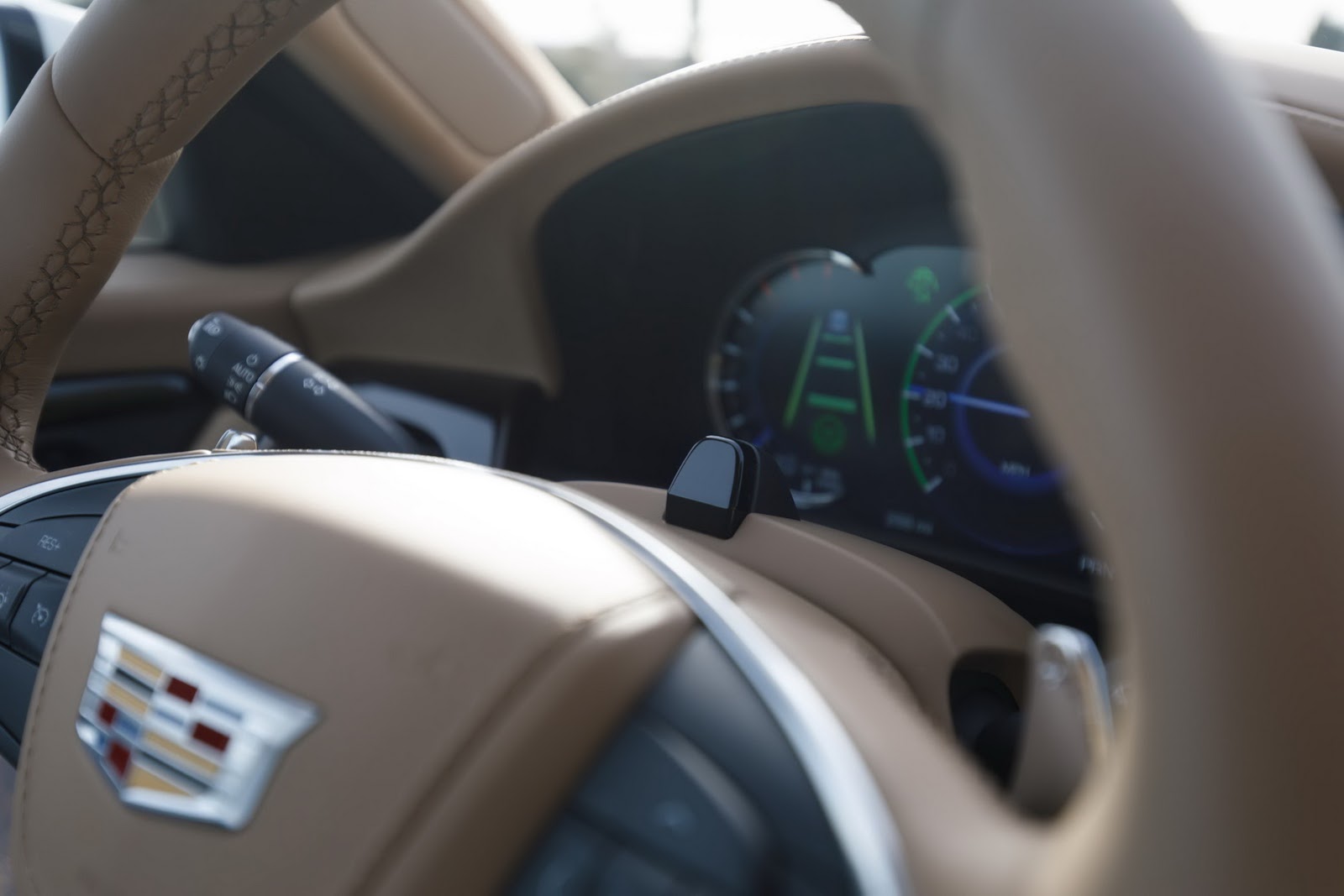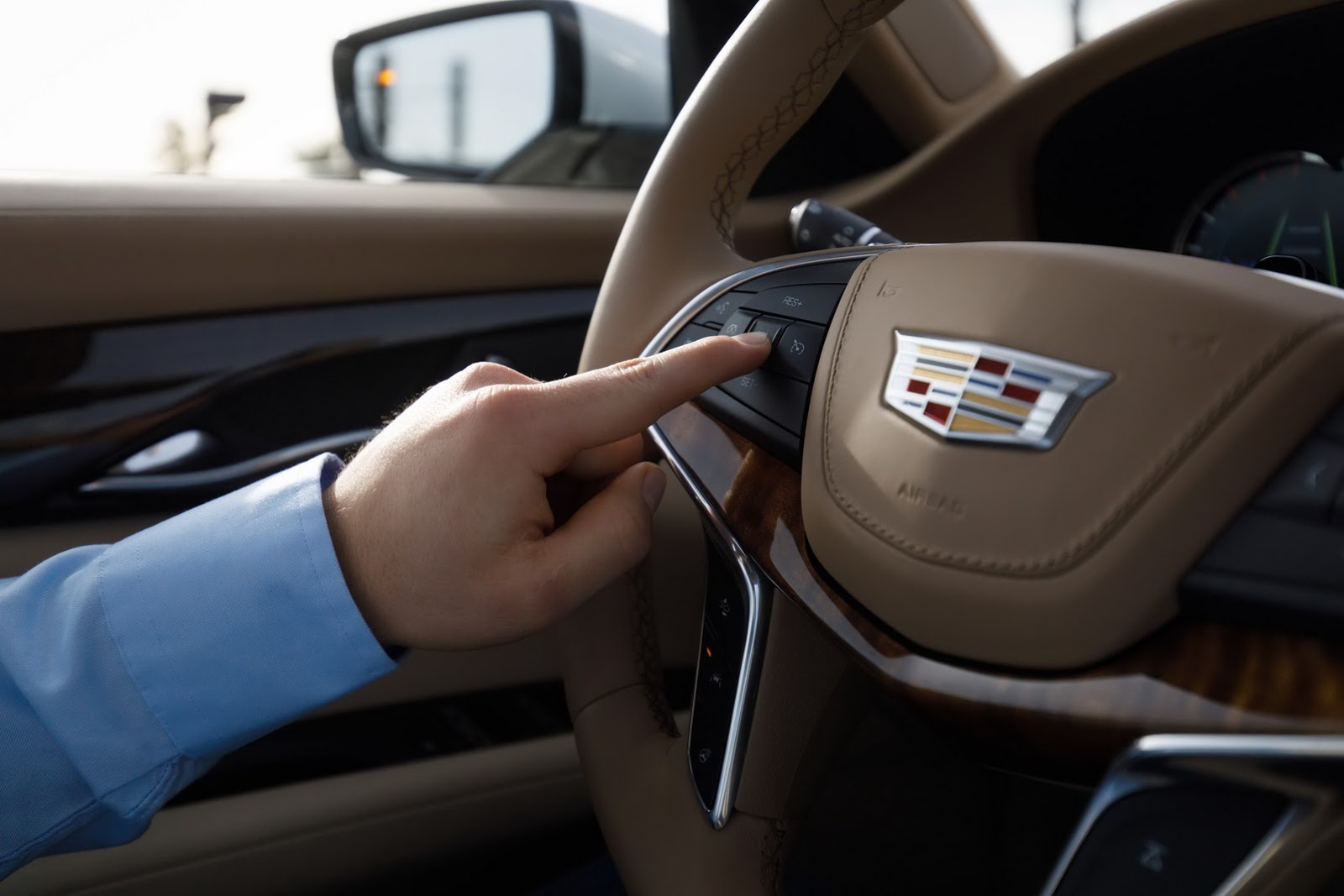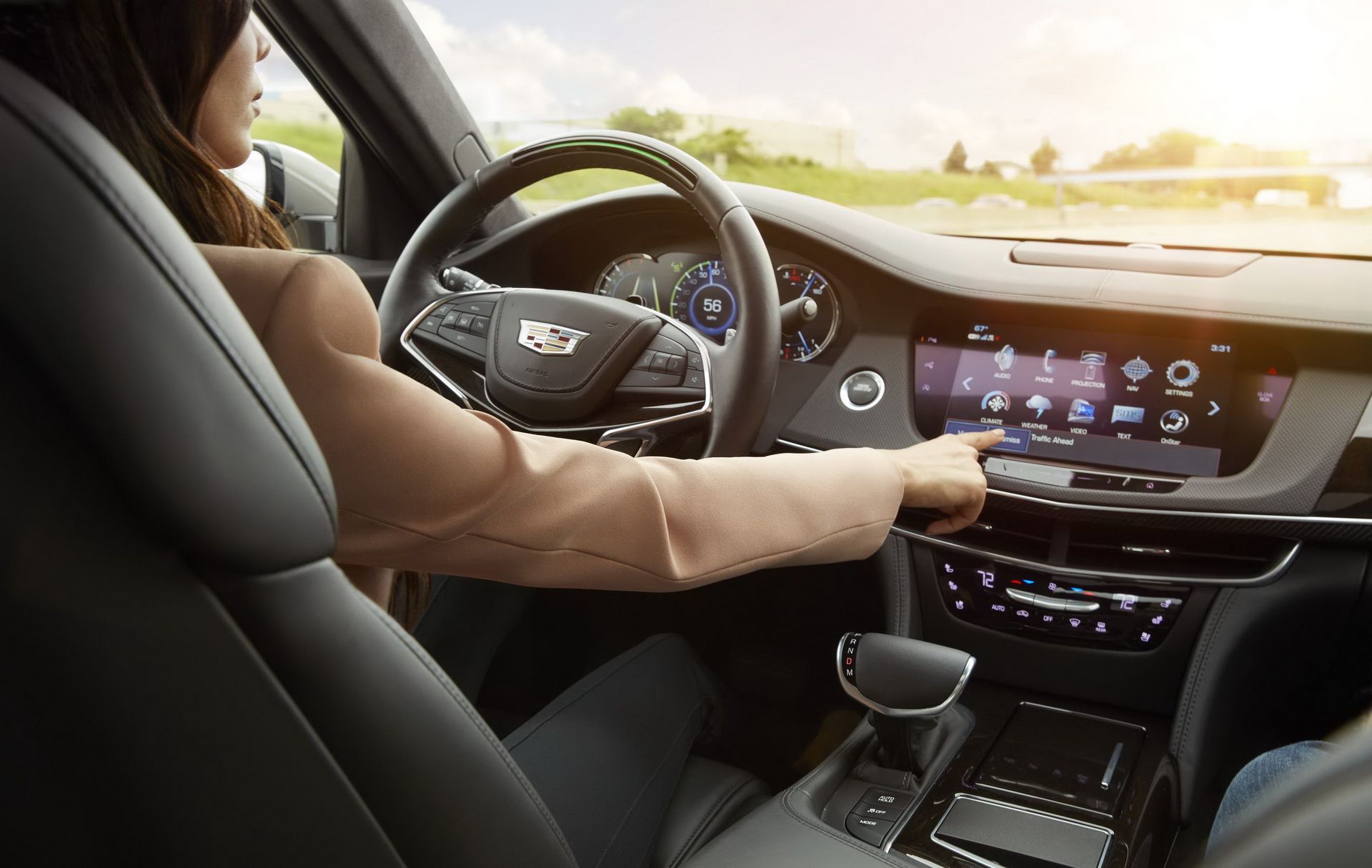Cadillac’s Super Cruise driving assistant is able to navigate most U.S. highways all on its own, as long as the driver maintains his or her eyes on the road. However, it’s been known to struggle in direct sunlight, as there have been instances where it abruptly disengaged.
According to Autonews, Super Cruise won’t work perfectly in certain weather conditions, such as heavy rain or snow, or in this case bring sunlight, which can disrupt the driver-facing camera.
“Just as the sun makes it hard for you to see what’s ahead of you, it does the same thing for a camera,” stated Sam Abuelsamid, an engineer and Navigant Research analyst. “It is a challenge.”
Thankfully, fixing this problem has been at the top of Cadillac’s to-do list when it comes to their next-gen Super Cruise system, which will feature “significant changes” in terms of hardware, stated GM automated-driving engineer Daryl Wilson. While he declined to say when the updated system will be rolled out, it’s likely that GM will want it ready by the time it begins to make Super Cruise available across its entire lineup, starting next year.
“We are learning from this, and we’re going to make that availability much more robust in those situations,” he added.
Not an easy fix
GM updated the driver monitoring system back in May of 2018, in order to make it less susceptible to sunlight hitting the camera from the side. But a solution for direct sunlight is harder to come by.
Abuelsamid thinks that the U.S. automaker will have to change the actual positioning of the camera or possibly install some type of filter or diffuser that allows the system to see better.
“That’s not something they’re going to be able to fix with software,” he said. “That’s a flaw in the physical design.”
GM’s Super Cruise is currently limited to single-lane driving on some 130,000 miles (209,000 km) of limited-access freeways in the U.S. and Canada, which have been mapped with LiDAR.






